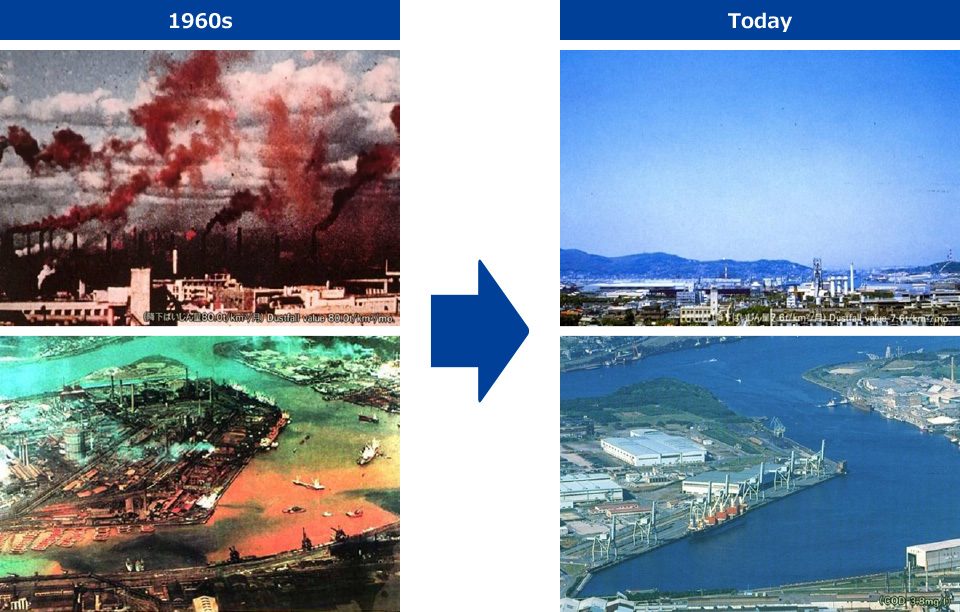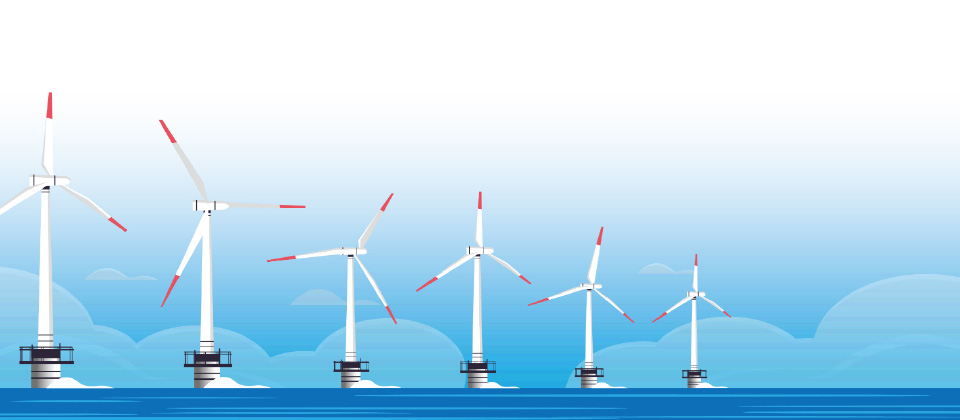Why KKJ?
SDGs Model City
KKJ, a visionary SDGs Model City where sustainability is a lifestyle
KKJ’s journey of transformation from a heavily polluted industrial city in the 1950s to its position as a leader in environmental sustainability is a testament to the power of community—residents, companies and the local government—united by a common cause. This success story has launched KKJ onto the international stage where the city has been actively engaged in international environmental cooperation activities in developing countries in Asia and other areas. In recognition of these achievements, OECD selected KKJ as the first city in Asia for its programme to promote the SDGs, “A Territorial Approach to the SDGs”, in 2018.

Zero-Carbon City
KKJ has declared its commitment to becoming a Zero-Carbon City by 2050, with the aim of achieving net zero greenhouse gases and realizing a decarbonized society.
Offshore Wind Farm
KKJ has been steadfastly building a comprehensive foundation for the offshore wind power industry since 2011. Offshore wind turbines with a maximum capacity of 220,000 kW are scheduled to start operation off the coast of the city in 2025. This monumental endeavor is one of Japan’s most ambitious projects of its kind and stands at the very heart of KKJ’s Zero-Carbon City commitment.

KKJ’s Eco-Industrial Park
Kitakyushu Eco-Town is on a mission to a future of zero emissions and building a sound material-cycle society. With significant investments, this project reduces 447,000 tons of carbon dioxide each year. KKJ is spearheading initiatives to position Eco-Town as a next-generation frontrunner in resource recycling. In the near future, Eco-Town is poised to recycle solar panels, which account for an estimated 6% of industrial waste in Japan, and lithium-ion batteries.
Total direct investment: ¥87.7 billion
Workforce: 1,043
CO2 emissions reduced: ▲447,000 tons/year
